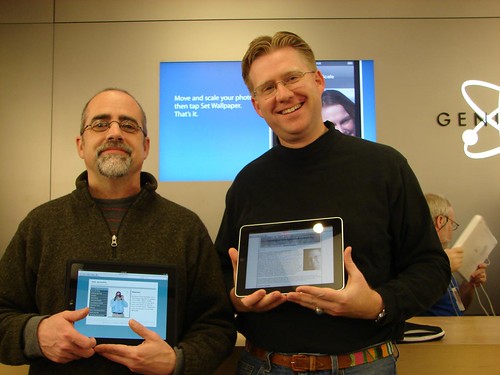- facilitate and inspire student creativity;
- design and develop digital-age learning experiences and assessments;
- model digital-age work and learning;
- promote and model digital citizenship and responsibility; and
- engage in professional growth and leadership.
And the Proposed 2017 ISTE Standards for Teachers view teachers as:
- Empowered Educators (Learners, Leaders, Citizens)
- Learning Catalysts (Collaborators, Designers, Facilitators, Analysts)
- The goal is to help students meet the 2016 ISTE Standards for Students as Empowered Learners, Digital Citizens, Knowledge Constructors, Innovative Designers, Computational Thinkers, Creative Communicators, and Global Collaborators.
While these expectations are quite different than the lecturer model education has used for many years, today's classrooms often don't look much different than they did many years ago often making it more challenging for teachers to modify their pedagogy.
Some innovative learning spaces are evolving to support teachers as they empower their students to learn in new ways. Educause (2015) offers ideas to design active learning spaces that support collaboration, project-based learning, inquiry learning, as well as traditional presentation and lecture methods. They suggest incorporating the following into innovative learning spaces to increase flexibility and technology use:
(1) Multiple writing spaces throughout the room (whiteboard ability on walls, tables)
(2) Presentation displays on multiple walls (no front of the room required so groups of students
can create and present on screens in their area)
can create and present on screens in their area)
(3) Internet connectivity to support all learners in the room
(4) Power throughout the room to charge students' multiple devices
(5) Movable furniture to provide flexibility in teaching and learning (tables & chairs with wheels)
Video source:Educause. (2015, June 22). 5 tips for active learning space design [Video File]. Retrieved from will teach and how you can arrange your learning space to facilitate that teaching and learning. How will you facilitate and inspire student creativity? How will you design digital-age learning experiences to help students construct knowledge? How can you provide opportunities for students to collaborate globally and present learning in creative ways? Perhaps the way you design your classroom will determine how learning will take place. I would love to see pictures of the creative learning spaces you design to facilitate student learning, as well as samples of student projects!
All the best in the new year!









